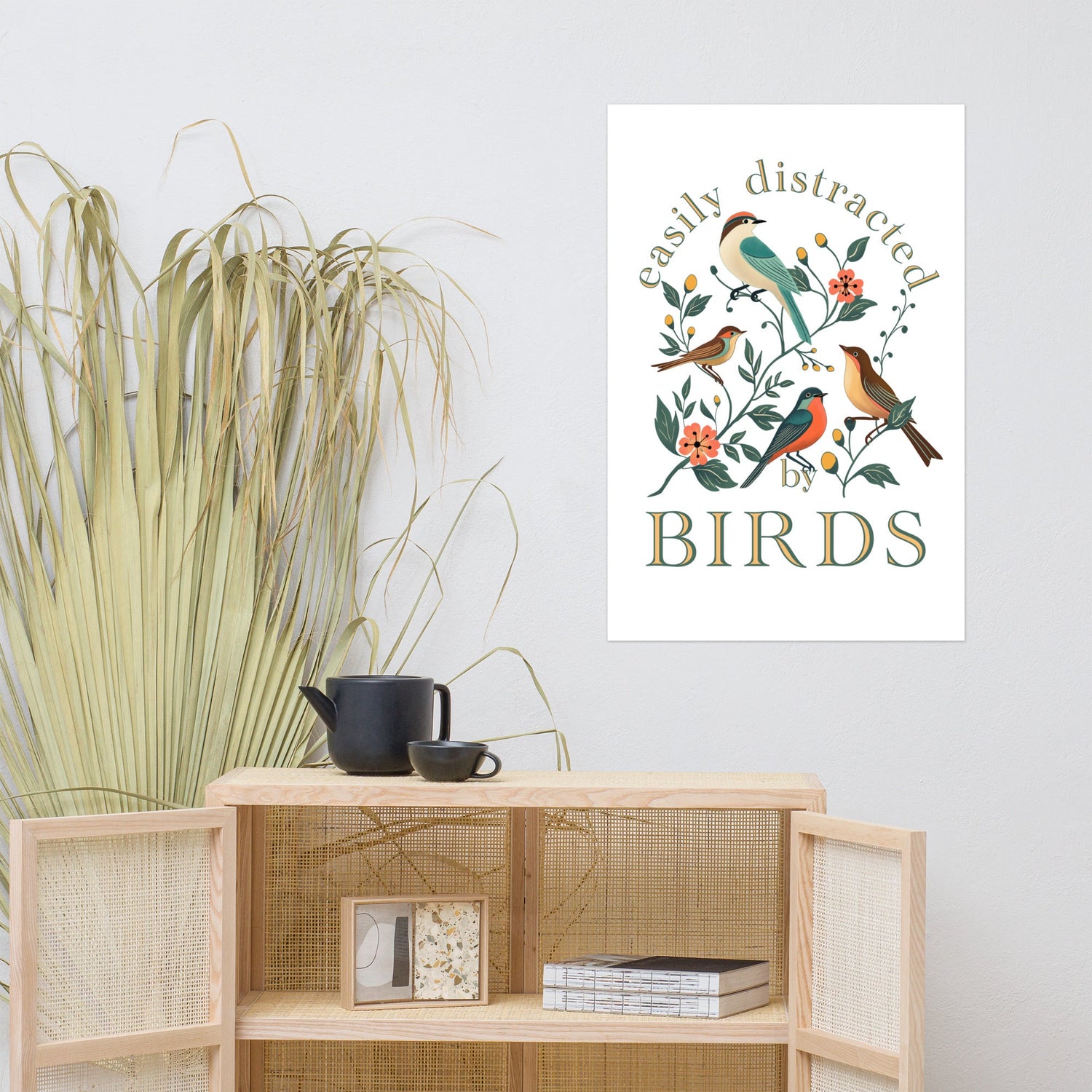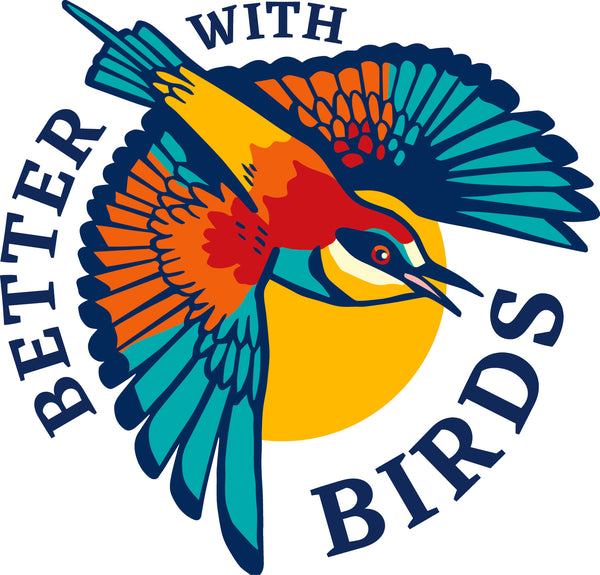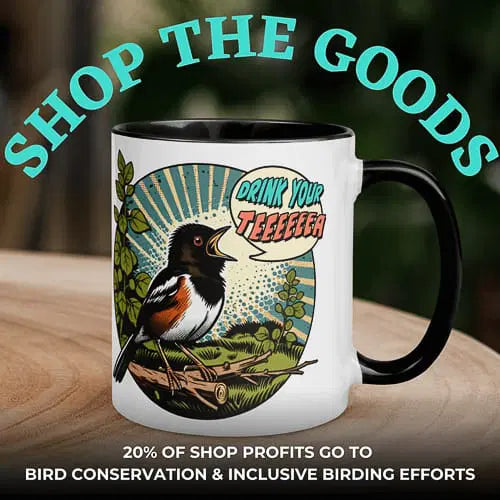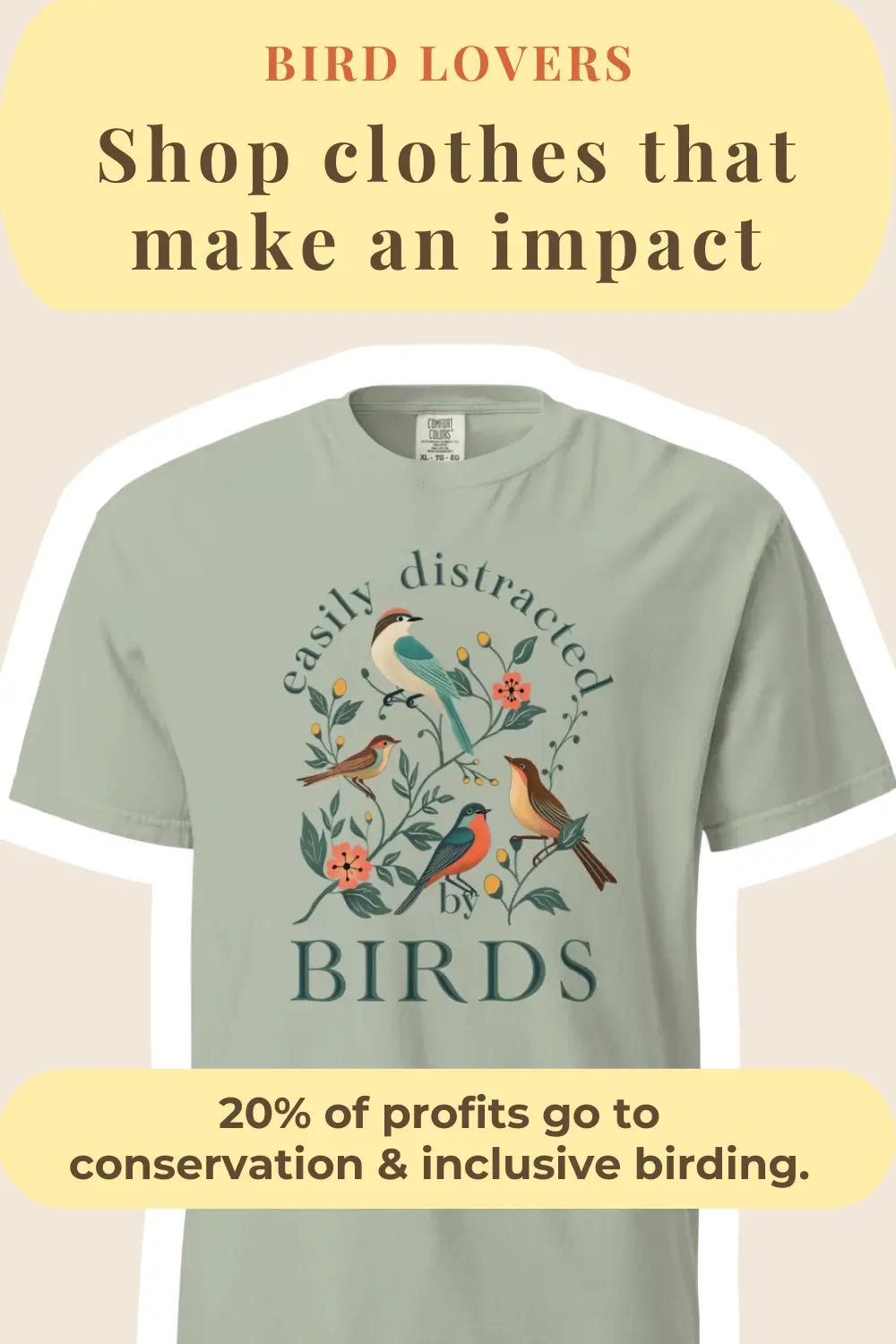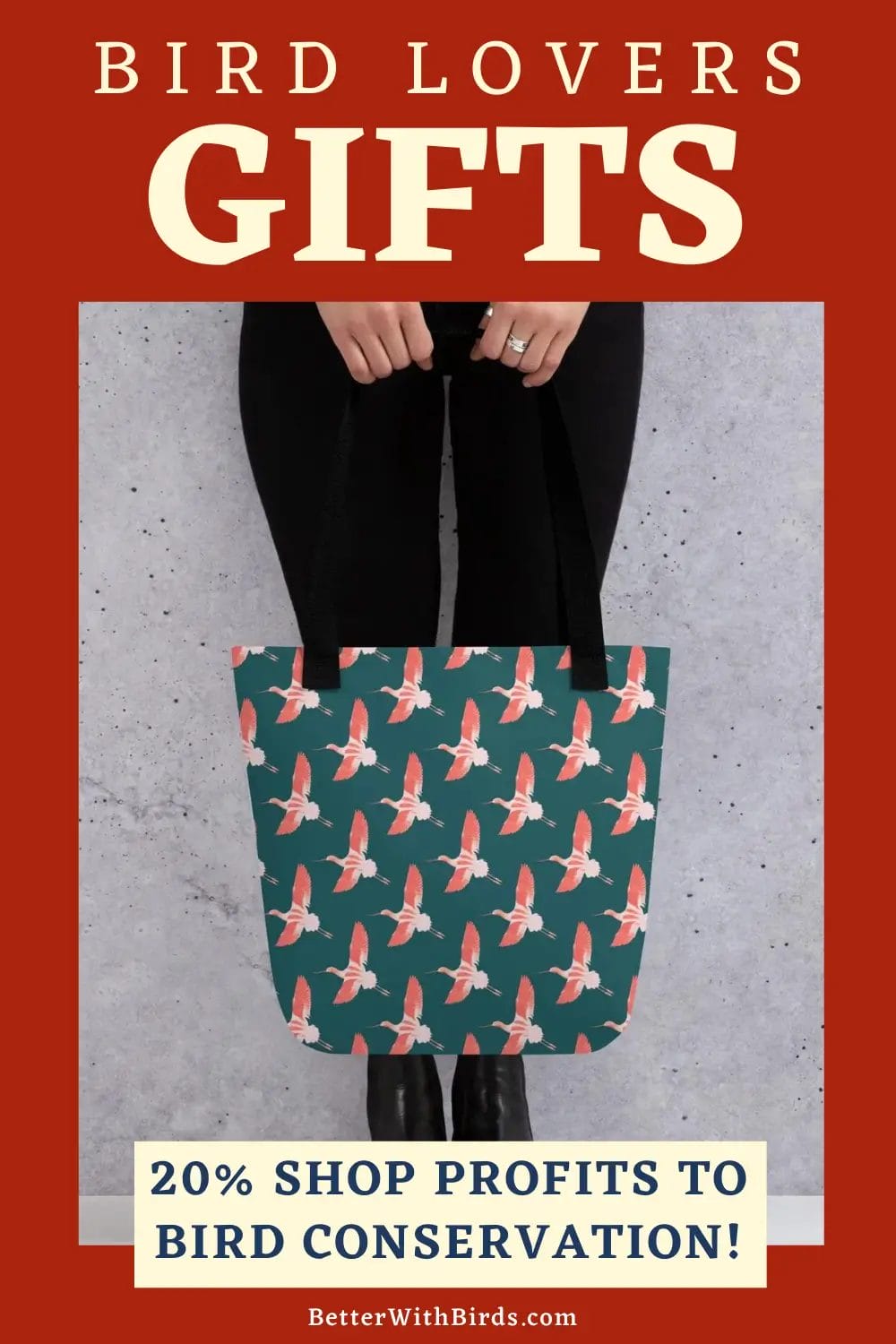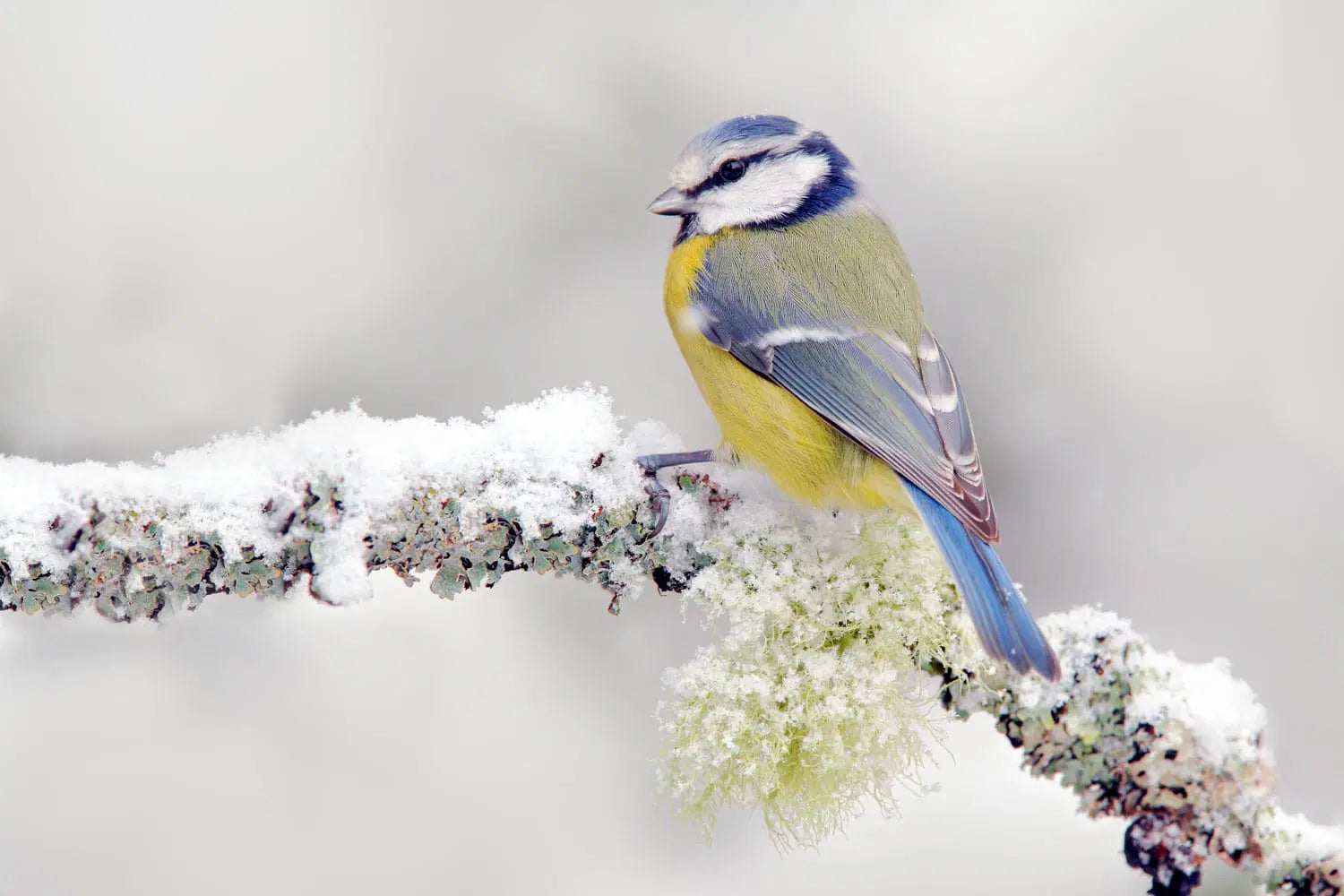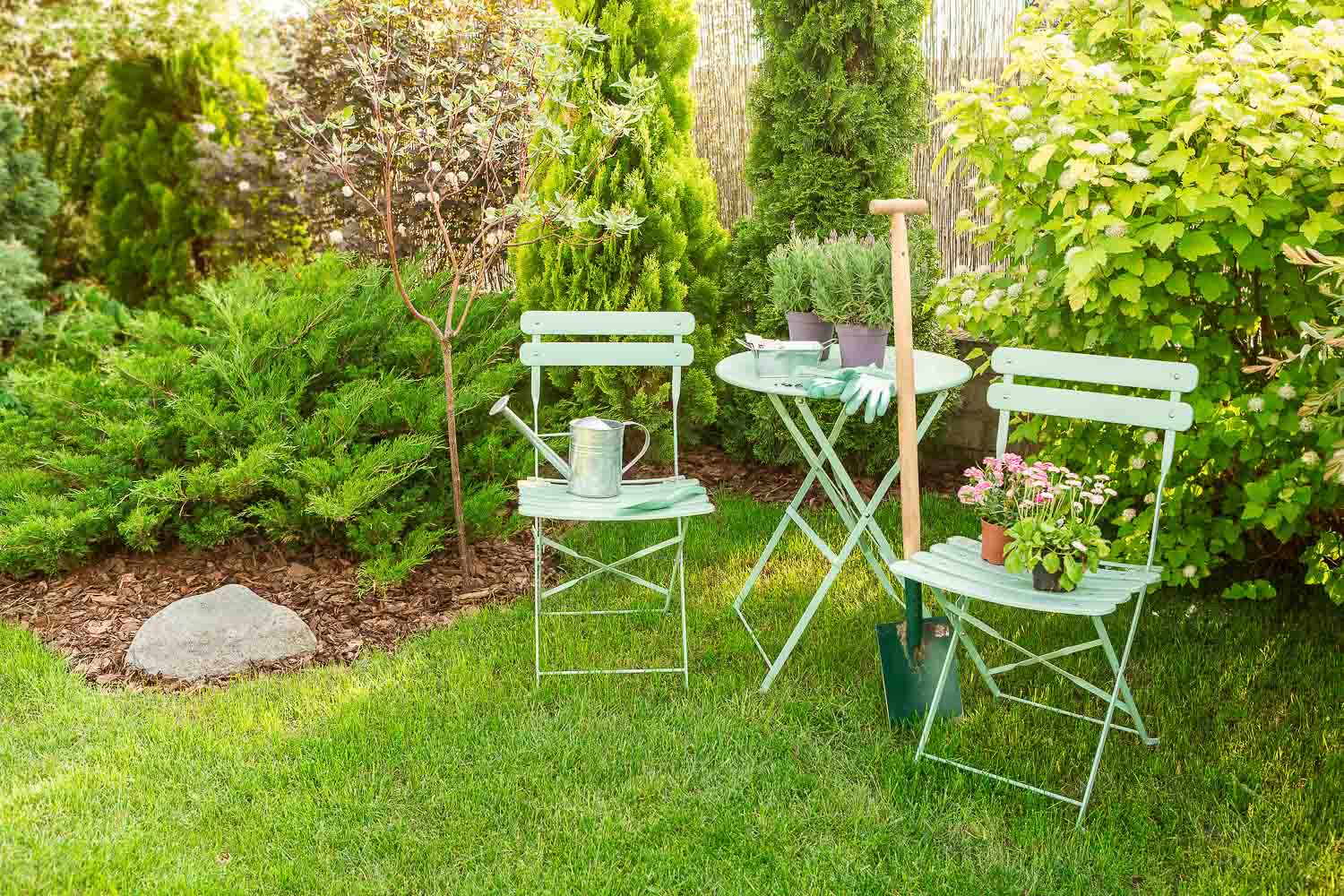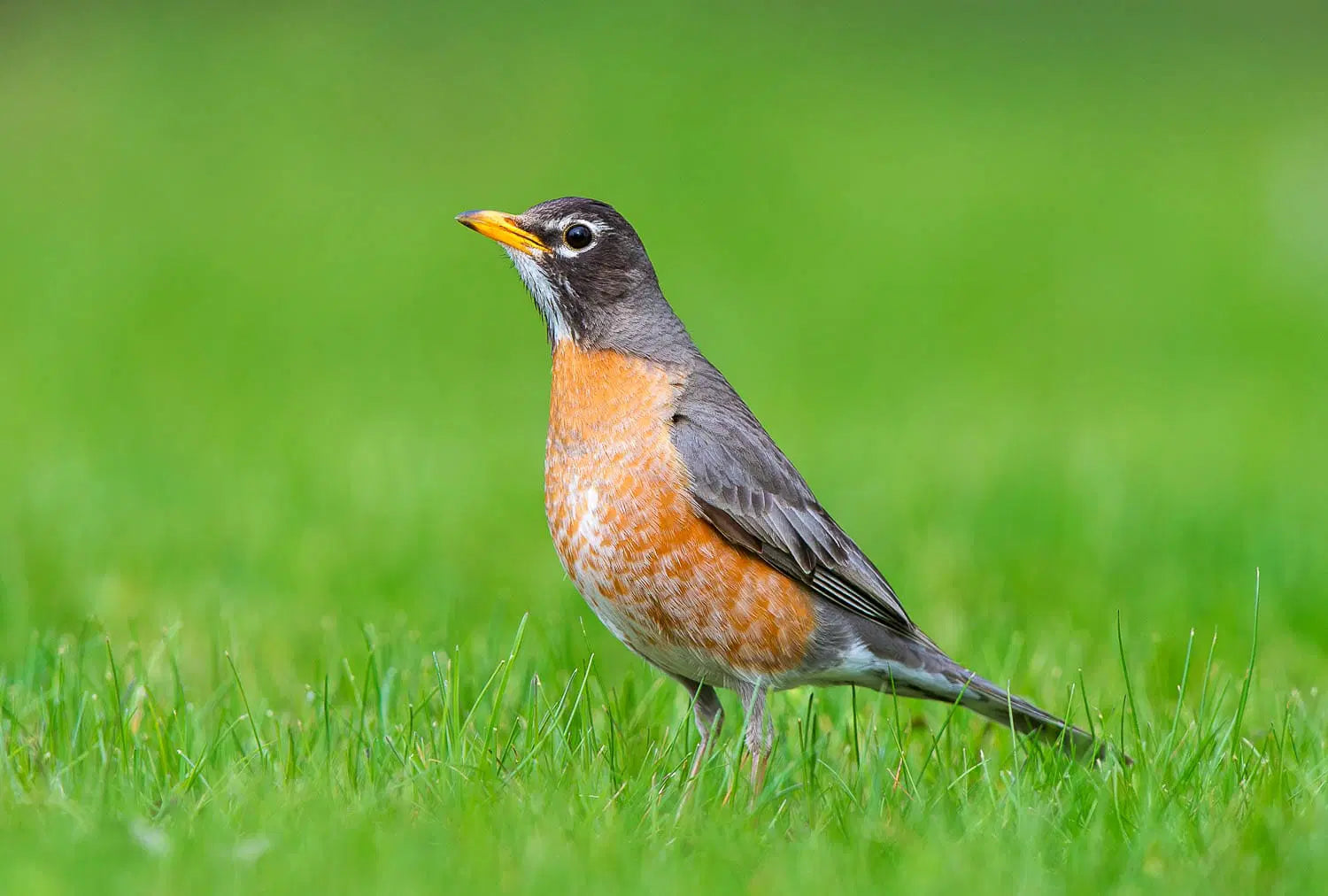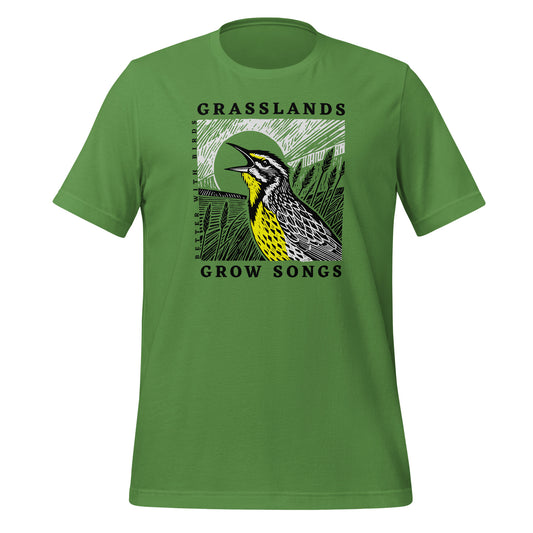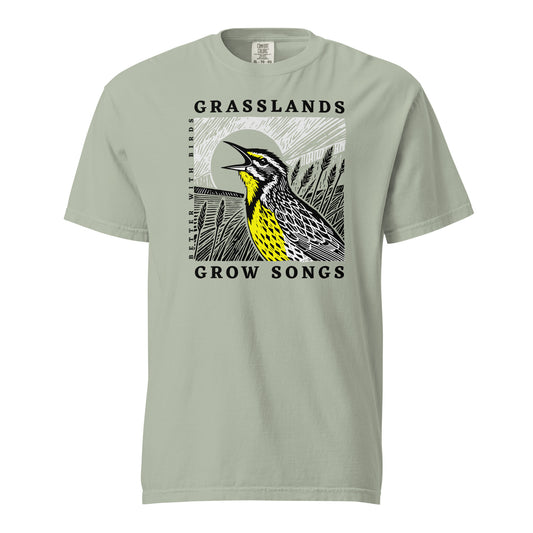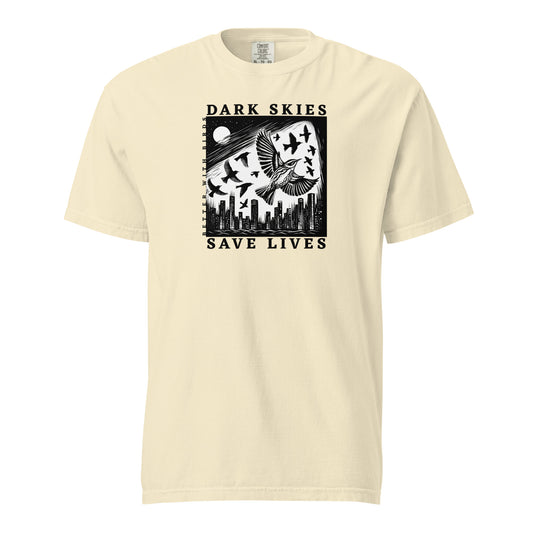How to Start a Bird Journal: Tips for Beginner Birdwatchers
Feature photo: Studio Sam/Shutterstock
Read Time: 8 minutes
Backyard Birding , Journaling
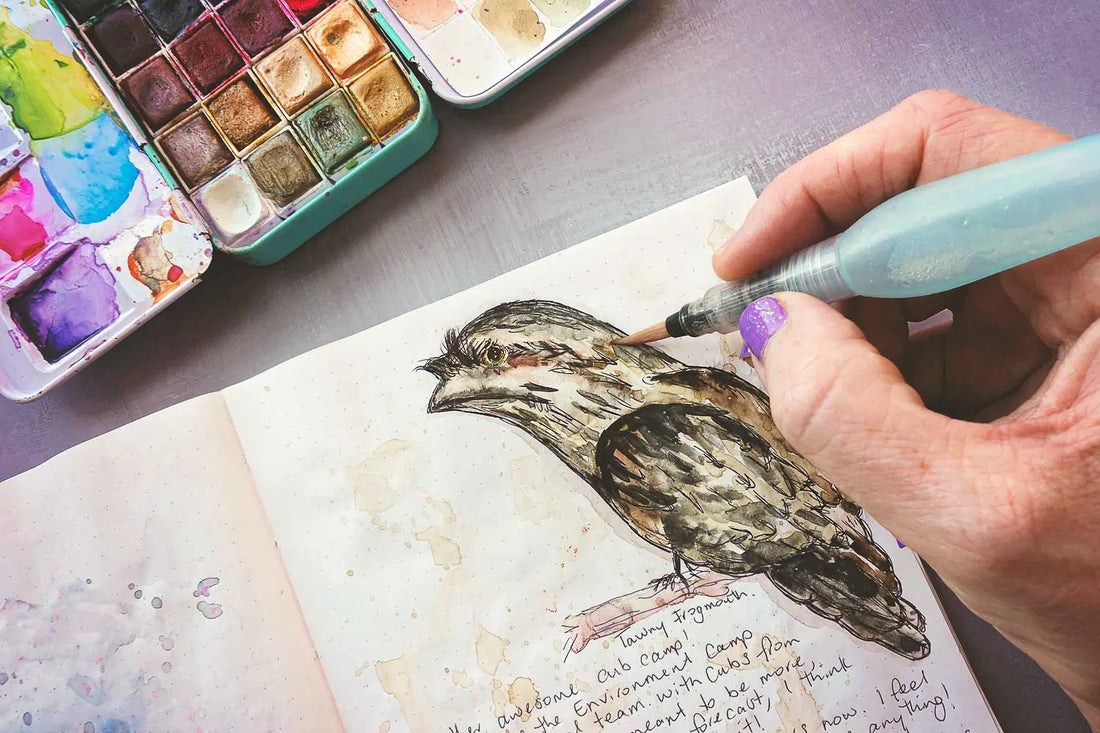
This post contains affiliate links. If you use these links to buy something, we may earn a commission at no additional cost to you. We only recommend products we fully support or use ourselves. Our full disclaimer
PIN THIS FOR LATER
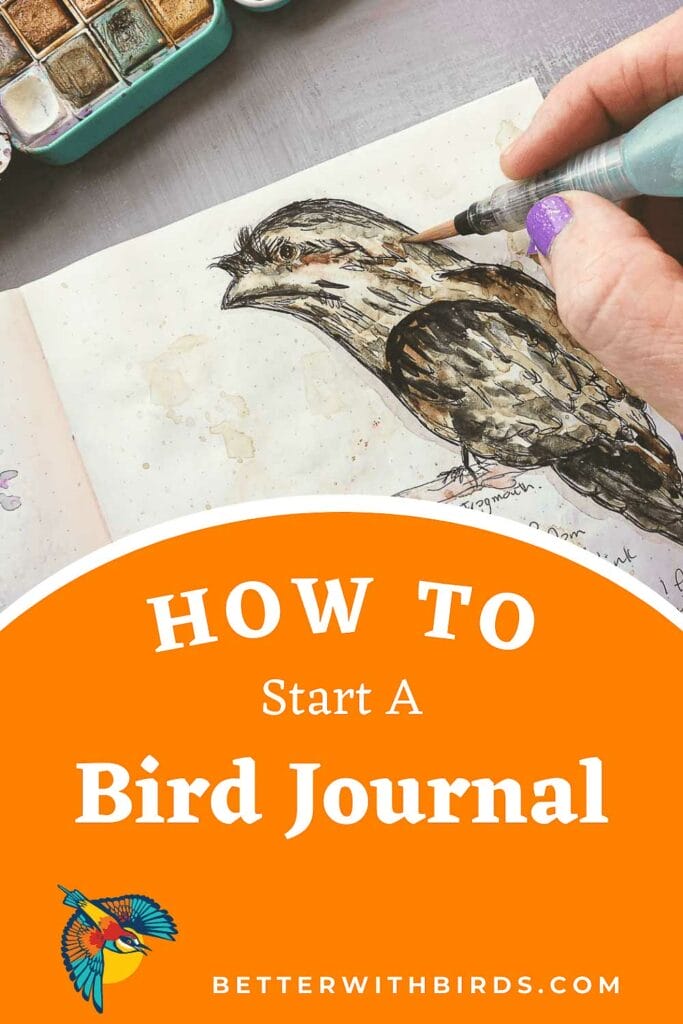
Contents
So, you’ve caught the birdwatching bug and now you’re hooked. But how do you keep track of all those feathered friends you’re spotting?
Enter the bird watching journal—a birdwatcher’s best friend and a great way to justify your newfound obsession.
A bird watching journal can enhance your birdwatching experience, help you track sightings, and improve your identification skills.
Plus, it gives you a legitimate reason to tell people why you’re scribbling in a notebook while standing in the middle of a park. Let’s dive into the details of starting your very own bird watching journal.

Photo: Vergani Fotografia / Shutterstock
A bird journal helps you slow down, pay closer attention, and ultimately learn exceptional birding skills even faster while feeling like you’re going at a mellow pace.
Why Keep a Bird Journal?
Enhancing the Birdwatching Experience
Keeping a bird journal adds depth to your birdwatching. It encourages you to observe more closely and take note of the details that might otherwise go unnoticed. Each entry becomes a story, turning your birding adventures into a rich narrative.
Improving Identification and Observation Skills
By regularly noting down your bird observations, you sharpen your observation skills and improve your ability to identify different species. Over time, you’ll become more attuned to subtle differences in plumage, behavior, and calls.
We give 20% of all shop profits to bird conservation & inclusive birding efforts.
Creating a Personal Record of Your Birdwatching Journey
A birding journal is a personal record of your journey as a birdwatcher. It’s a place to reflect on your experiences, document your growth, and cherish memories of those special birdwatching moments.
Contributing to Scientific Data and Conservation Efforts
Your bird journal can contribute to scientific research. Many birdwatchers share their sightings with citizen science projects like eBird or Project FeederWatch. Observations at bird feeders can provide valuable data for these projects. Your notes can help track bird populations, migration patterns, and other important data.
Providing a Relaxing and Mindful Activity
Bird journaling is a relaxing and mindful activity. It encourages you to slow down, observe, and connect with nature. Plus, it’s a great excuse to get outside and enjoy some fresh air.

Photo: Jaymi Heimbuch
Once you start taking notes, it’s amazing the things you begin to notice. Species you’ve never seen before – like a red-breasted sapsucker – suddenly become familiar friends.
Different Approaches to Bird Journaling
Text Notes
Detailed text notes are a classic way to keep a bird journal. Write down descriptions of the birds you see, noting their size, color, markings, behavior, and whether they are common species. Include observations about their interactions with each other and their environment. The more details, the better—these notes will become invaluable references over time.
Drawings and Sketches
If you’re artistically inclined, try sketching the birds you observe. Drawings can capture details that are difficult to describe with words. Annotate your sketches with notes about the bird’s behavior, the weather, and other observations. Don’t worry about creating perfect artwork; quick, rough sketches can be just as useful. Use quick sketch techniques to capture the essence of the birds with loose and flowing lines, focusing on the overall form rather than intricate details.
We give 20% of all shop profits to bird conservation & inclusive birding efforts.
Photographs
Incorporate photographs into your bird journal. Photos can capture moments that are hard to describe or draw, and they make a beautiful addition to your entries. Take photographs of birds at a bird feeder to capture their behavior and individual characteristics. Combine your photos with text or drawings to create a rich, multi-media record of your birdwatching adventures.
Mixed Media
Why choose just one method? A mixed media approach allows you to combine text, drawings, and photos. Embellish the entry page with creative elements like unique fonts, borders, stamps, pressed leaves and flowers, photos, and drawings to make your observations more rewarding and visually appealing. Add maps to mark where you spotted each bird, or include feathers and other natural elements you find. This approach makes your journal vibrant and dynamic, reflecting the diversity of your birdwatching experiences.
Digital Journaling
For the tech-savvy birdwatcher, digital journaling offers many advantages. Use apps or online platforms to log your sightings, upload photos, and mark locations with GPS. Digital journals are easy to organize, search, and back up. Plus, many apps integrate with citizen science projects, making it simple to share your data. You can also use these tools to track how many birds you have seen over time, enhancing your birdwatching experience.

Photo: Jaymi Heimbuch
Your notebook can be filled with observations – from feathers lying across a trail to nests you notice peeking through the reeds. Little miracles all around, waiting to be noticed.
Tools and Supplies
Notebooks and Journals
Choose a notebook or journal that suits your style. Options range from simple, lined notebooks to specialized bird journals with pre-formatted pages. For digital journaling, explore apps like eBird, Bird Journal, or even general note-taking apps like Evernote or art apps like Procreate or Adobe Fresco.
Writing and Drawing Tools
Stock up on pens, pencils, markers, and sketching supplies. Waterproof pens are a good choice for outdoor use. If you plan to sketch, consider a range of pencils and fine-tipped markers for different levels of detail.
Binoculars and Cameras
A good pair of binoculars is essential for birdwatching. They allow you to observe birds up close without disturbing them. A camera, even a smartphone camera, can help you capture images for later reference and add a visual element to your journal.
Field Guides and Apps
Field guides are invaluable for identifying birds and learning about their habits. Choose one that covers the birds in your region. Bird identification apps like Merlin Bird ID provide on-the-go assistance and can enhance your journaling with additional information.
Optional Supplies
Consider optional supplies like waterproof gear to protect your journal in all weather conditions, colored pencils for adding detail and vibrancy to your sketches, and stickers or washi tape for customizing your pages.
We give 20% of all shop profits to bird conservation & inclusive birding efforts.

Photo: Jaymi Heimbuch
After months or years of bird journaling, you’ll start to noticed seasonal patterns, and be ready for things like spring nesting season to start up again.
How to Start Your Bird Journal
Choosing Your Journal Style
Decide whether you prefer a physical notebook or a digital journal. Think about how you’ll use your journal—will you be drawing, writing, taking photos, or a mix of all three? Choose a format that fits your style and makes journaling enjoyable.
Setting Up Your Journal
Organize your journal to suit your needs. You might want to divide it into sections for different types of entries or create an index to quickly find specific sightings. Include space for general observations, species lists, and personal reflections.
Observing and Recording Bird Observations
When you’re out bird watching, stay quiet and still to avoid startling the birds. Use your binoculars to observe details, and take notes as you go. Develop a system of shorthand and symbols for quick note-taking. For example, use a symbol for each bird species you commonly see, or shorthand for behaviors like feeding, flying, or nesting.
Combining Different Approaches
Feel free to mix and match different journaling methods. Write detailed descriptions, sketch birds, and add photos to create a comprehensive record. Balance detailed entries with quick notes to keep your journal versatile and engaging.
We give 20% of all shop profits to bird conservation & inclusive birding efforts.

Photo: Jaymi Heimbuch
You don’t need to be an artist, a skilled naturalist, a scientist, or anything in particular to keep a bird journal. You get to invent what your journal is to you and how you fill it, and it can change over time. It is as special and unique as you are.
Your Bird Journal is for You: Embrace Evolution and Experimentation
Starting with One Approach
You might start your bird journaling journey with a simple approach, like text notes. Overcoming the intimidation of a blank page can be a challenge, but recording the time and place can help. As you become more comfortable, you may find that sketching or adding photographs enhances your experience. The key is to start with
Developing Specific Interests
As you journal, you might discover specific areas of interest. Maybe you’re fascinated by bird behavior, or perhaps you love documenting seasonal changes. Let your journal reflect these interests. There’s no wrong way to do it, and it’s okay to experiment and play.
Embracing Change
Your bird journal can evolve as you do. It’s a living document that grows with your experiences and knowledge. Don’t be afraid to change your approach, try new things, and let your journal be a creative outlet.

Photo: Jaymi Heimbuch
Everything counts. You don’t need to even leave the house to notice journal-worthy things. Like when I saw this crow swooping back and forth and finally figured out it was using my rain gutter as a drinking fountain.
Resources for Nature Journaling
Books and Guides
Several books offer excellent advice on bird journaling and nature journaling in general. Consider titles like “The Laws Guide to Nature Drawing and Journaling” by John Muir Laws or “Keeping a Nature Journal” by Clare Walker Leslie and Charles E. Roth.
Online Communities
Join online birdwatching and nature journaling communities. Websites, forums, and social media groups offer inspiration, advice, and a place to share your work. Check out groups on platforms like Facebook, Reddit, and Instagram.
Workshops and Classes
Look for local or online workshops and classes on birdwatching and nature journaling. These can provide hands-on instruction and connect you with other enthusiasts.
Citizen Science Projects
Contribute your observations to citizen science projects like eBird, Project FeederWatch, or iNaturalist. These platforms allow you to share your data with researchers and other birdwatchers, helping to track bird populations and migration patterns. By participating, you also deepen your connection with the natural world, enhancing your awareness and appreciation of the environment.
Conclusion
Starting a bird journal is a rewarding way to enhance your birdwatching experience. It’s a flexible and personal activity—there’s no right or wrong way to do it.
Whether you prefer writing, drawing, or photographing, your bird journal will reflect your unique journey as a birdwatcher. Your journal is for you, so let it evolve as you discover new interests and ways to document your observations.
So grab your notebook, your favorite pen, and head outside. Soon enough, you’ll find that bird journaling is not just a hobby but a delightful obsession.
Happy bird journaling!
